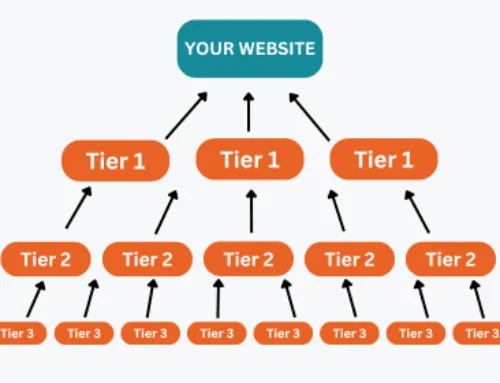When it comes to SEO, choosing the right keywords is the foundation of a successful strategy. But it’s not just about picking popular terms or what you think will drive traffic. The best keywords align with your content’s goals and your backlinking strategy. In this article, we’ll explore how to choose the most effective keywords for both your content and backlinks to maximize your SEO performance.
Why Keyword Selection Matters
Before diving into the process of keyword selection, it’s important to understand why it matters. Keywords act as a bridge between what your audience is searching for and the content you provide. When you use the right keywords, search engines can better understand your content, making it easier for them to rank it.
But the magic doesn’t stop at your content. Keywords are also crucial when you’re building backlinks. When other sites link to your content, they use anchor text, and selecting the right keywords for these anchor texts can amplify your SEO results.
Step 1: Understand Your Audience’s Intent
The first step in choosing the right keywords is to understand your audience’s intent. Are they looking for information, products, or solutions? Are they comparing options or seeking answers to specific questions? This is known as search intent, and it’s critical to identify the intent behind the keywords you’re targeting.
There are three main types of search intent:
- Informational – Users are looking for information on a topic (e.g., “how to choose the best keywords for SEO”).
- Navigational – Users are looking for a specific website or page (e.g., “SEO tools”).
- Transactional – Users are ready to make a purchase or take a specific action (e.g., “buy SEO services”).
By choosing keywords that align with your audience’s intent, you’re more likely to attract relevant traffic, which ultimately leads to higher conversion rates.
Step 2: Conduct Thorough Keyword Research
To select the best keywords, you need to conduct detailed keyword research. Use tools like Google Keyword Planner, Ahrefs, SEMrush, or Ubersuggest to identify keywords that have high search volume and low competition. Aim for a mix of short-tail (general) and long-tail (specific) keywords. Here’s why:
- Short-tail keywords are more competitive but can drive high volumes of traffic.
- Long-tail keywords are less competitive and can attract a highly targeted audience looking for very specific answers or solutions.
Pro Tip: Don’t just focus on high-volume keywords. Often, low-competition, highly specific long-tail keywords can be more beneficial, especially when building backlinks.
Step 3: Analyze Your Competitors
Looking at the keywords your competitors are targeting is another valuable strategy. This gives you insights into what’s working for them, and it might reveal keyword gaps that you can capitalize on. Use tools like Ahrefs or SEMrush to see which keywords your competitors rank for, then evaluate whether those terms are a good fit for your content and backlink strategy.
Step 4: Choose Keywords for Both Content and Backlinks
Now that you have your keyword list, it’s time to choose the best ones for both your content and backlinks. Here are some best practices for integrating keywords into both areas:
For Content:
- Integrate keywords naturally into your content. Avoid keyword stuffing, as it can hurt your ranking.
- Focus on semantic relevance, meaning your content should not just mention keywords, but also provide comprehensive information related to those terms. This improves your chances of ranking for related queries.
- Use LSI (Latent Semantic Indexing) keywords to reinforce your primary keywords. These are terms that are conceptually related to your main keywords.
For Backlinks:
- When seeking backlinks, focus on keywords that are relevant to your niche and match the anchor text you’re using for backlinks. For example, if you’re targeting “how to choose SEO keywords,” look for websites and blogs where you can get backlinks using that phrase as anchor text.
- Avoid over-optimizing anchor text with exact-match keywords. Instead, focus on creating natural, varied anchor text that still includes your target keywords.
Step 5: Monitor and Refine Your Keyword Strategy
Choosing the right keywords isn’t a one-time task. SEO is a dynamic field, and the effectiveness of your keywords can change over time. Regularly monitor the performance of your content using tools like Google Analytics and Google Search Console to see which keywords are driving the most traffic. Adjust your strategy accordingly and continue to refine your keyword selection to stay ahead of the competition.
Final Thoughts
Choosing the best keywords for your content and backlinks is a critical step in any successful SEO strategy. By understanding your audience’s intent, conducting thorough keyword research, analyzing competitors, and integrating those keywords effectively into both your content and backlink strategy, you’ll be well on your way to SEO success.
Remember, SEO is a long-term game, and choosing the right keywords is just the beginning. Keep optimizing and refining your approach, and you’ll see lasting improvements in your search engine rankings.


